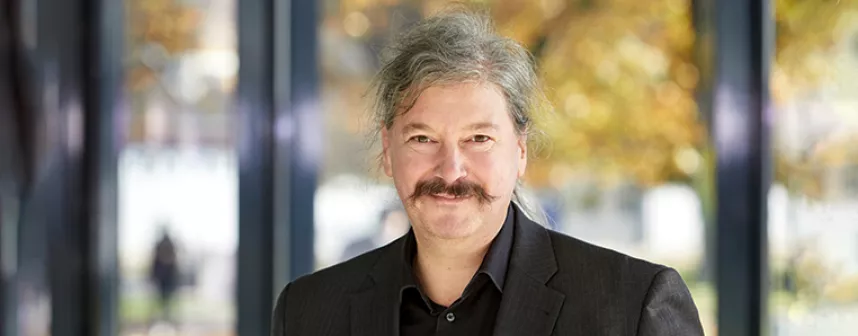Understanding collective behavior in networks better
August 3, 2020
The network of brain areas and their connections is one of the key examples of research on complex networks. Using this human connectome as an example, systems biologist Professor Marc-Thorsten Hütt from Jacobs University Bremen and his colleague Dr. Paolo Moretti from the University of Erlangen-Nürnberg have developed a mathematical method for predicting propagation patterns in networks. It paves the way for a better classification of the dynamic behavior of networks. The results of this basic research have recently been published in the renowned U.S. scientific journal "Proceedings of the National Academy of Sciences" (PNAS).
Hütt and Moretti are breaking new ground with their research. How collective excitation patterns in complex networks can be recognized and investigated is an open question. For the abstract representation of a real network, the scientists use mathematical graphs consisting of nodes and edges (or links), the pairwise connections between the nodes. "In such graphs, we can then identify local features for collective behavior," explained Hütt.
In the collective case, excitations along the links often run preferably in one direction. Responsible for this asymmetric use of links are waves, which form around highly interconnected elements in a network, the "hubs". If these hubs are also closely interlinked and thus increase their influence on the entire network, the emergence of waves and, along with it, the asymmetric link usage are even more pronounced.
"With the help of relatively simple mathematical indicators, asymmetric link usage can be predicted quite accurately," said Hütt. "This creates an elegant connection between network architecture and self-organized dynamics within a network."
Over a period of four years, the duo conducted research on the topic. "I am very pleased that in the end such a clear picture of the connection between network architecture and collective patterns emerged," said Professor Hütt. The scientists want to continue their work. "There are many other collective patterns that make you wonder what they look like in networks.”
Link to the study:
https://www.pnas.org/content/early/2020/07/17/1919785117
Questions are answered by:
Marc-Thorsten Hütt | Professor of Computational Systems Biology
m.huett [at] jacobs-university.de | Tel.: +49 421 200-3238
